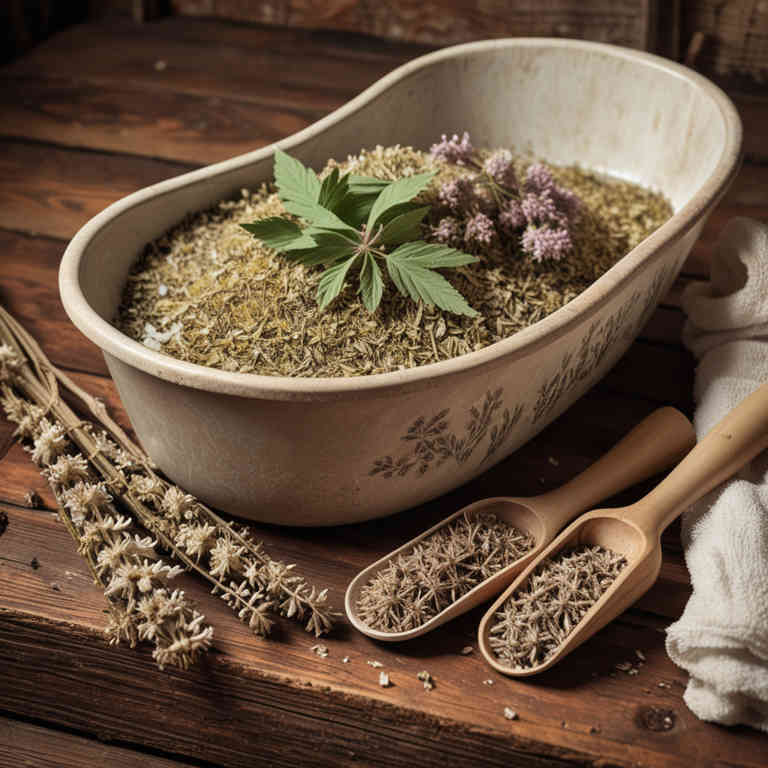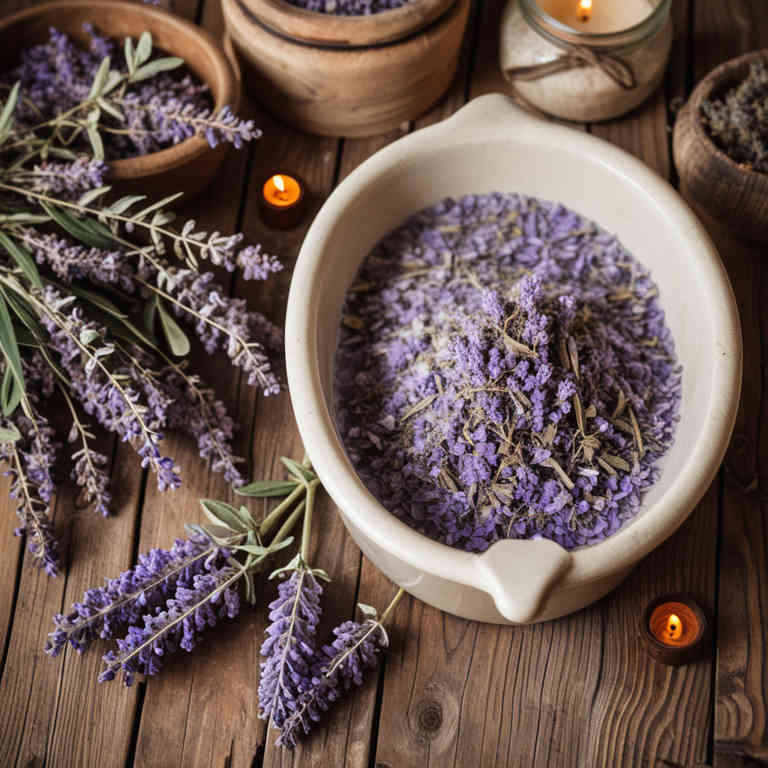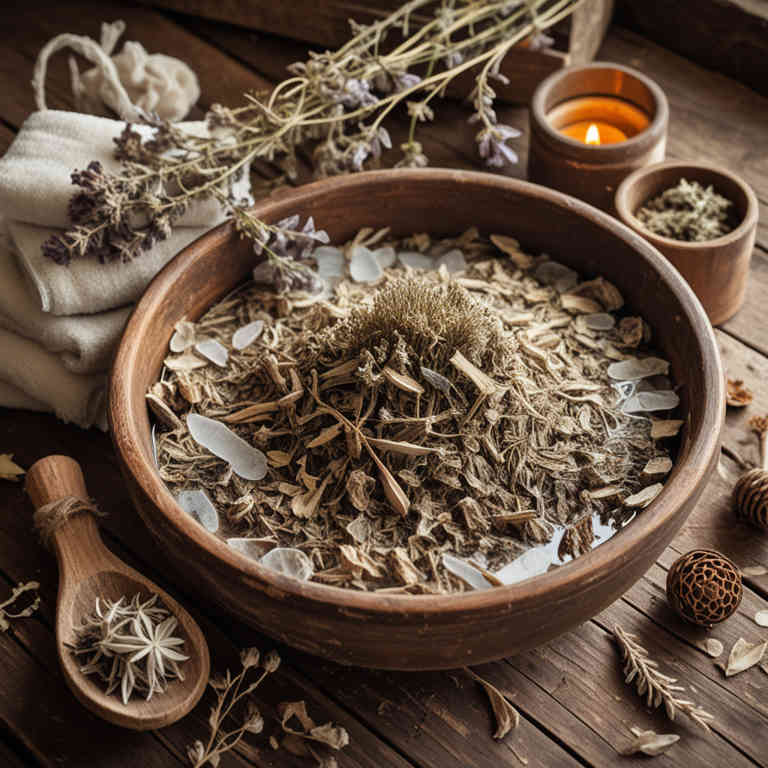10 Best Herbal Baths For Hypertension

Herbal baths for hypertension involve soaking in warm water infused with specific herbs known for their calming and circulatory benefits.
Herbs such as lavender, chamomile, and valerian root are commonly used due to their ability to reduce stress and promote relaxation, which can help lower blood pressure. These baths may also improve blood flow and reduce inflammation, contributing to overall cardiovascular health. Regular use of such baths can complement conventional treatments and support a holistic approach to managing hypertension.
However, it is important to consult with a healthcare provider before incorporating herbal baths into a hypertension management plan.
FREE Herb Drying Checklist
How to make sure every batch retains maximum flavor, color, and aroma without the risk of mold or over-drying. Eliminate guesswork and trial-and-error, making herb drying faster, easier, and more efficient every time.
Table of Contents
1. Urtica dioica

Urtica dioica, commonly known as stinging nettle, has been traditionally used in herbal baths for its potential health benefits, including support for hypertension.
When prepared as a bath, stinging nettle leaves release compounds that may help relax blood vessels and improve circulation, potentially lowering blood pressure. The anti-inflammatory and diuretic properties of nettle are believed to contribute to its effectiveness in managing hypertension. Herbal baths with urtica dioica can also promote overall relaxation and reduce stress, which is a known contributor to high blood pressure.
While more research is needed, many individuals find these baths to be a natural and soothing complementary approach to hypertension management.
2. Valeriana officinalis

Valeriana officinalis, commonly known as valerian, is a traditional herbal remedy that has been used for centuries to promote relaxation and improve sleep.
When incorporated into herbal baths, valerian can help alleviate stress and anxiety, which are known contributors to hypertension. The calming effects of valerian are attributed to its compounds, such as valerenic acid, which may influence the central nervous system. However, while some studies suggest potential benefits for stress-related conditions, more research is needed to confirm its efficacy for hypertension specifically.
As with any herbal remedy, it is advisable to consult a healthcare professional before using valerian baths, especially for individuals with existing medical conditions or those taking medications.
3. Hypericum perforatum

Hypericum perforatum, commonly known as St. John's Wort, has been traditionally used in herbal baths for its potential therapeutic properties, including its calming and anti-inflammatory effects.
While primarily known for its use in treating mild depression, some studies suggest that its compounds may also support cardiovascular health, potentially benefiting individuals with hypertension. When used in a bath, the essential oils and extracts of Hypericum perforatum may promote relaxation and reduce stress, which can indirectly support blood pressure regulation. However, it is important to note that herbal baths should not replace conventional medical treatments for hypertension and should be used under the guidance of a healthcare professional.
Due to potential interactions with medications, especially those used for hypertension, caution is advised when incorporating Hypericum perforatum into a wellness routine.
4. Lavandula angustifolia

Lavandula angustifolia, commonly known as English lavender, has been traditionally used in herbal baths for its calming and soothing properties.
When used in bath water, lavender essential oil can help reduce stress and anxiety, which are known contributors to hypertension. The aromatic compounds in lavender may promote relaxation and improve blood flow, supporting cardiovascular health. Herbal baths with lavender can be a natural and pleasant way to complement conventional hypertension treatments.
However, it is important to consult with a healthcare provider before using lavender baths, especially for individuals with existing health conditions or those taking medications.
5. Vitex agnus-castus

Vitex agnus-castus, commonly known as chaste tree, has been traditionally used in herbal medicine for its potential cardiovascular benefits.
Herbal baths infused with vitex agnus-castus may help support healthy blood pressure levels by promoting relaxation and reducing stress, which are key factors in hypertension. The essential oils and compounds in vitex can have a calming effect on the nervous system, potentially aiding in lowering blood pressure. However, while some studies suggest possible benefits, more research is needed to confirm its efficacy for hypertension.
As with any herbal remedy, it is advisable to consult a healthcare professional before incorporating vitex into a hypertension management plan.
6. Salvia officinalis

Salvia officinalis, commonly known as sage, has been traditionally used in herbal baths for its potential cardiovascular benefits, including support for hypertension.
The essential oils and phytochemicals in sage, such as rosmarinic acid and flavonoids, may help relax blood vessels and improve circulation, which can contribute to lowering blood pressure. When used in a warm herbal bath, sage can promote relaxation and reduce stress, a key factor in managing hypertension. Some studies suggest that the aromatic compounds in sage may have a calming effect on the nervous system, further aiding in blood pressure regulation.
While more research is needed, incorporating sage into herbal baths may be a complementary approach to support overall cardiovascular health.
7. Rosmarinus officinalis

Rosmarinus officinalis, commonly known as rosemary, has been traditionally used in herbal baths for its potential benefits in managing hypertension.
The essential oils derived from rosemary contain compounds like cineole and camphor, which may help relax blood vessels and improve circulation. When used in a warm bath, these oils can promote relaxation and reduce stress, a key factor in hypertension. Some studies suggest that regular use of rosemary baths may support cardiovascular health by lowering blood pressure levels.
However, it is important to consult with a healthcare provider before incorporating rosemary baths into a hypertension management plan.
8. Achillea millefolium

Achillea millefolium, commonly known as yarrow, has been traditionally used in herbal medicine for its potential cardiovascular benefits.
Herbal baths infused with yarrow may help promote relaxation and reduce stress, which are important factors in managing hypertension. The plant contains compounds such as flavonoids and essential oils that may support healthy blood pressure regulation. While there is limited scientific evidence on the direct effects of yarrow baths on hypertension, some studies suggest that its anti-inflammatory and antispasmodic properties may contribute to overall cardiovascular health.
As with any herbal remedy, it is advisable to consult a healthcare professional before incorporating yarrow baths into a hypertension management plan.
9. Glycyrrhiza glabra

Glycyrrhiza glabra, commonly known as licorice root, has been traditionally used in herbal medicine for its potential cardiovascular benefits.
When incorporated into herbal baths, glycyrrhiza glabra may help support healthy blood pressure levels by promoting relaxation and reducing stress, which are known contributors to hypertension. The anti-inflammatory and antispasmodic properties of licorice root may also aid in improving circulation and reducing vascular tension. However, it is important to note that while some studies suggest licorice may have a mild hypotensive effect, excessive use can lead to side effects such as increased sodium retention and elevated blood pressure.
As with any herbal remedy, it is advisable to consult a healthcare professional before using glycyrrhiza glabra baths, especially for individuals with pre-existing hypertension or other health conditions.
10. Equisetum arvense

Equisetum arvense, commonly known as field horsetail, has been traditionally used in herbal baths for its potential cardiovascular benefits, particularly in managing hypertension.
The plant is rich in silica and other minerals that may support vascular health and improve circulation, which can help regulate blood pressure. When used in warm herbal baths, Equisetum arvense is believed to promote relaxation and reduce stress, a key factor in hypertension. Some studies suggest that its diuretic properties may aid in reducing excess fluid retention, thereby lowering blood pressure.
However, it is important to consult a healthcare professional before using Equisetum arvense, as it may interact with certain medications or have side effects in some individuals.